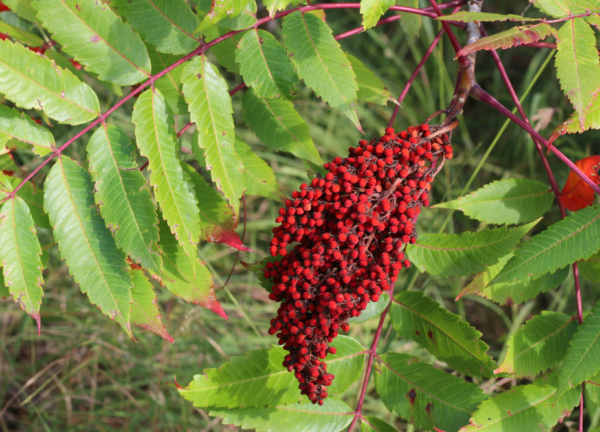Did you find berries growing on the trail and wonder if you can eat them? Here are some tips to help you decide.

These Berries are Not Safe to Eat
- Nearly all white, green, and yellow berries are poisonous.
- Never eat the berry (or the leaves) from a plant that has a milky sap.
- 50% of red berries are poisonous, so eating them is only worth the risk if you can positively identify it.
- Avoid leaves or seeds with an almond-like scent, a characteristic of cyanide compounds.
These Berries are Safer to Eat
- 99% of aggregate berries (small fruit pieces joined tightly at a base to make a larger fruit), such as the raspberry, salmonberry, blackberry, and thimbleberry, are safe to eat.
- 90% of purple, blue, and black colored berries are safe to eat.
- 70% of soft berries are safe. So red and soft improves your odds.
- Single fruits on a stem are usually safe to eat.
Survival expert, Mykel Hawke, gives this handy mnemonic for remembering which berries are safe to eat in the wild.
“White and yellow, kill a fellow.
Purple and blue, good for you.
Red… could be good, could be dead.”

One thought on “Wild Berry Edibility Tips with this Helpful Mnemonic”
Poison sumac berries are white or light green in color. Edible sumac, such as staghorn or smooth sumac… is red.